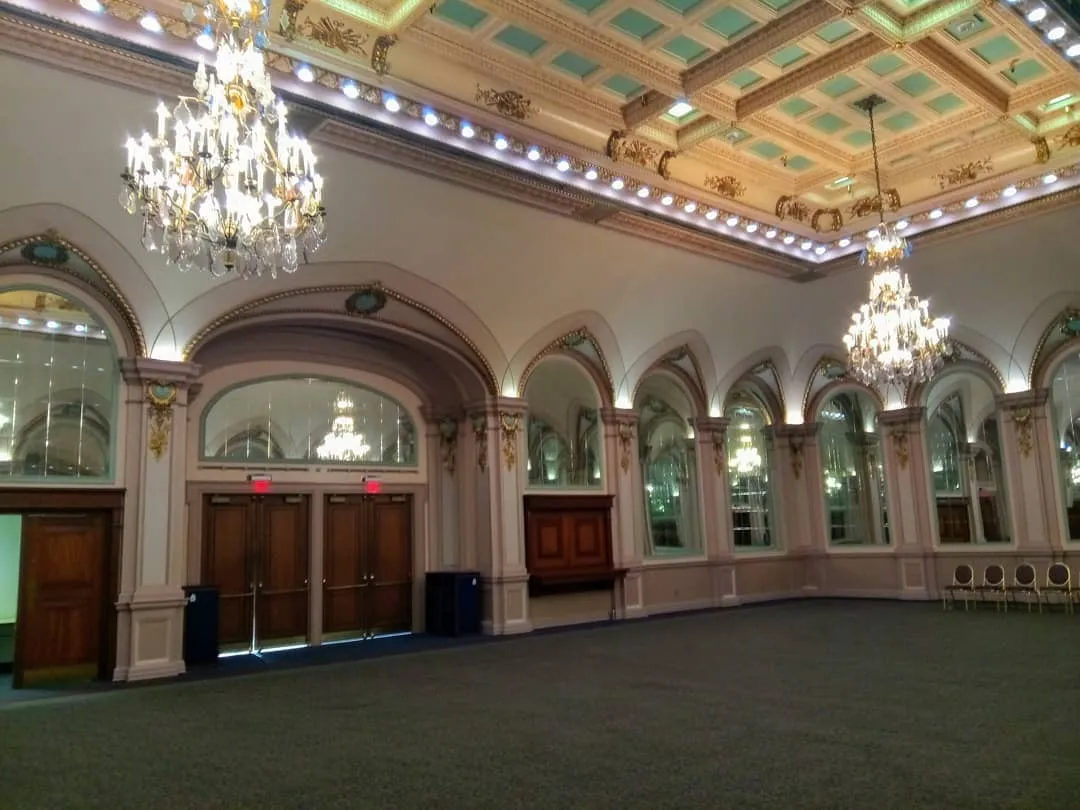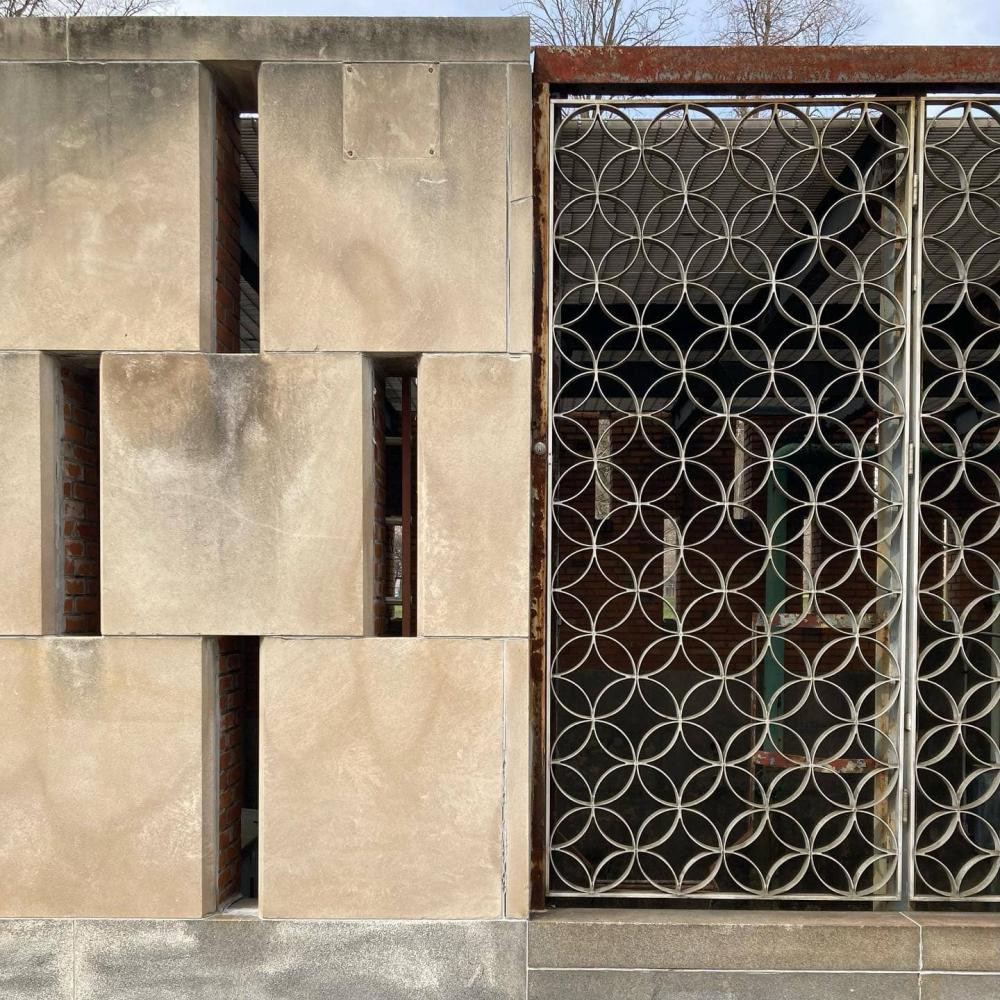Today Pitt is an internationally recognized center of learning and research, strong in the arts and sciences and the professions. Pitt serves approximately 34,000 students, including 10,000 graduate students in the 17 schools of the Pittsburgh campus. The University's 180,000 alumni include individuals whose accomplishments range from managing Fortune 500 corporations to unlocking the secrets of DNA. Pitt is an elected member of the Association of American Universities (AAU), an association of the 60 leading research universities in North America. Undergraduates have access to the rich cultural and educational experiences that only a university can provide while studying in an environment of comparatively small undergraduate schools. For example, the College of Arts and Sciences, with approximatel y 9,500 students and a full-time faculty of 565, is able to provide individualized advising and instruction in many areas. Other undergraduate schools, such as Education, Business, Engineering, Nursing and Social Work, are also small enough to provide hi gh levels of undergraduate teaching. Pitt's Honors College has, in its 10-year history, produced more Rhodes and Marshall scholars than any other school in Pennsylvania.
Pitt offers a choice of more than 200 graduate degree programs through its Faculty of Arts and Sciences and 13 professional schools, a greater variety of graduate programs than at most universities. Pitt offers more than 100 volunteer student organizations and activities which provide exciting opportunities to members of its academic community. Pittsburgh Pittsburgh has consistently been voted one of the nation's most livable cities. A friendly city, enriched by many unique ethnic neighborhoods, Pittsburgh is also a comparatively safe city with a significantly lower crime rate than most other major metrop olitan areas. It is adjacent to major museum centers, concert halls, shopping areas, restaurants, and a variety of housing. The Pitt campus is within easy walking distance of the 450 -acre Schenley Park, which includes miles of wooded trails, a swimming pool, ice rink, golf course, tennis courts, and a large greenhouse conservatory. At the center of the University complex is a 42-story Gothic structure called the Cathedral of Learning. It contains, among other treasures, 25 international classrooms, each the product of several years work by artisans from the countries represented. These are viewed by thousands of visitors each year, representing as they do, an international microcosm that captures the essence of one of the world's truly remarkable cities. Cultural Diversity Located in a city renowned for its distinctive ethnic and cultural diversity, the University of Pittsburgh is deeply committed to furthering educational opportunities for African-Americans, women and other minorities. Pitt takes pride in the progress dem onstrated to date in its diversity programs.
Places to Discover
Cathedral of LearningThe University of Pittsburgh's Cathedral of Learning, the tallest school building in the western world, rises 535 feet (42 stories). This Gothic Revival skyscraper was designed by architect Charles Z. Klauder. It was opened in 1937. The Cathedral houses the unique Nationality Classrooms.
Nationality Rooms
The Nationality Classrooms include 23 authentically designed classrooms depicting ethnic art and culture which were developed and funded by the ethnic communities in Allegheny County and the surrounding region. Historic landmark. Classroom tours: 9-3 Monday-Friday, 9:30-3 Saturday, 11-3 Sunday. Visitors Center on first floor: 8:30-5 Monday-Friday, 9:30-3 Sat, 11-3 Sun. 624-6000.Heinz Chapel
Heinz Memorial Chapel, erected in memory of Henry John Heinz and his mother Anna Margaretha Heinz, is an interfaith chapel built in the French Gothic style. Its stained-glass windows, the tallest in America, depict 319 sacred and secular figures famous in religion, history, science, and the arts. Historic landmark. Open 9-4 Monday-Friday, 1-5 Sunday.
Log House Visitor CenterThe Log House Visitor Center, an authentic frontier-era cabin, represents the original log house in which Pitt began as the Pittsburgh Academy in 1787. The log house today is an information center for Pittsburgh visitors. Open 10-12:30 and 1:30-4 Tuesday- Sunday.
Frick Fine Arts Building
The Henry Clay Frick Fine Arts Building, built in Italian Renaissance style, contains a cloistered garden, public art gallery, recital hall, and a fine arts library. Gallery hours: 10-4 Tuesday-Saturday, 2- 5 Sunday.Forbes Quadrangle
Forbes Quadrangle is located on the site of Forbes Field, where the Pittsburgh Pirates and Steelers once played ball. Home plate can still be seen inside. Also on display is one of the earliest powered flying machines, created by former Pitt professor Samuel Pierpont Langley.
Allegheny ObservatoryPitt's Allegheny Observatory, located on Pittsburgh's North Side, dates to 1858. Its three telescopes include the fourth-largest photographic refracting telescope in the world. Guided tours by appointment, Thursday and Friday evenings, April-October. 412-321- 2400.
Surroundings
Schenley ParkBordering the Pitt campus is Schenley Park, which encompasses 450 acres of rolling hills, woods, trails, a botanical conservatory, swimming pool, tennis courts, golf course, nature center, and ice-skating rink.
The Carnegie
The Carnegie, a University neighbor, includes the Museum of Art and Museum of Natural History and houses the world's largest dinosaur collection and an outstanding collection of contemporary and impressionist art.


